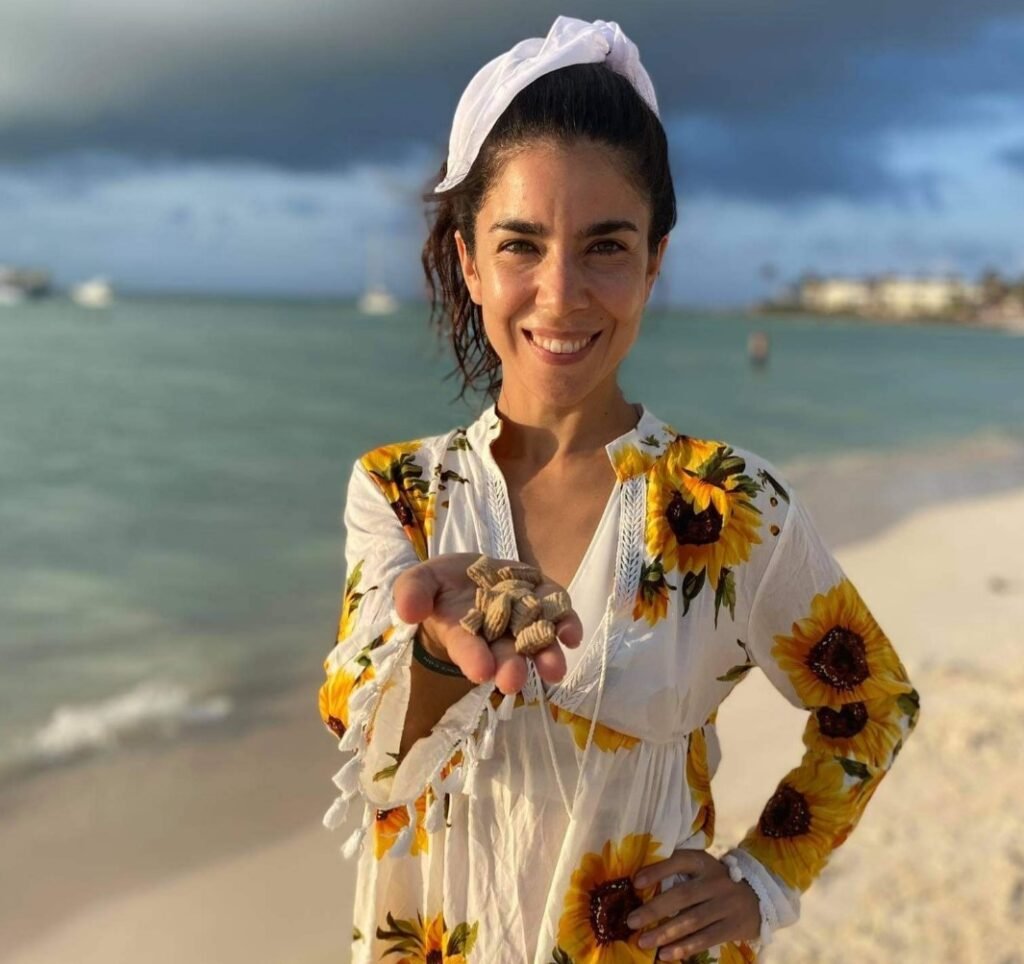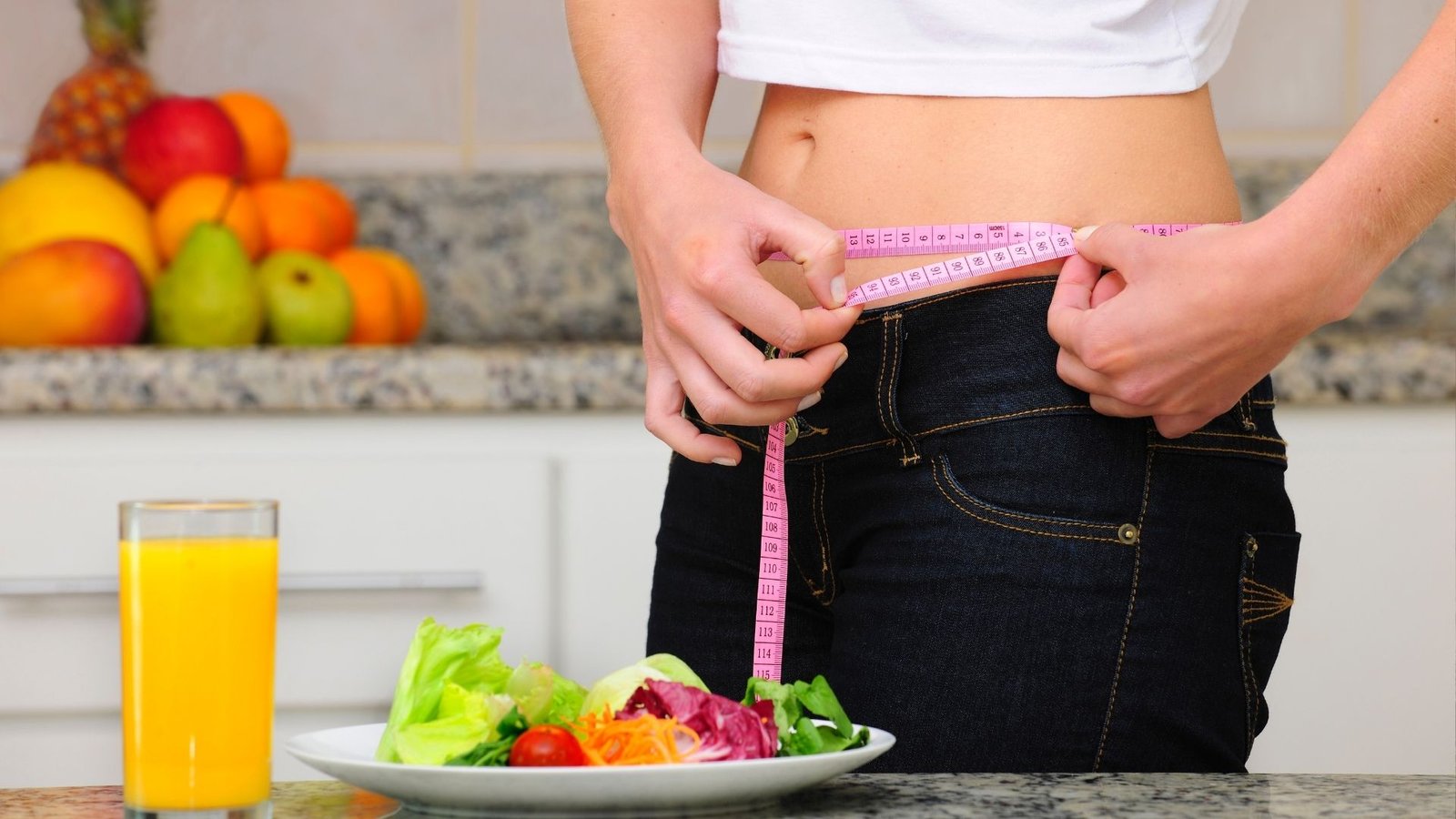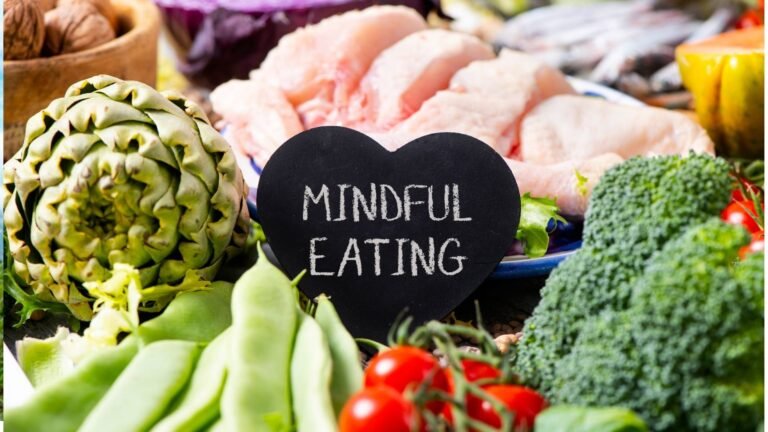Did you know that traditional diets are the biggest health failure of the 20th century? How many types of diets do you know? How many did you try? Unfortunately, traditional strategies that focus on rapid weight loss are not able to improve behaviour, they do not allow us to maintain a healthy weight over time and they do not teach us to face our emotions. The effect of the lack of food generates an intense desire to eat, so the body can recover the lost energy. Consuming less than the necessary calories to survive represents a threat. If we stop eating properly, to compensate, the body reduces energy expenditure and increases hunger. What advice does the nutritionist María Conti give us?
Organize your food schedule: Take your time to eat and plan your schedules, define at what time you are going to stop working, when you are going to cook and when you are going to relax for a few minutes without the computer. Digestion begins in the mouth, take your time.
Enjoy the pleasure of eating: The key to adopt a healthy diet is to always consider pleasure as a guide for our senses. If we discard the possibility to obtain pleasure, our most accessible source of satisfaction is forbidden, which is why restrictive diets are destined to fail. We must include a favourite food every day, certainty decreases desire.
On the other hand, when we eat while we work we only satisfy hunger and continue, we do not leave place for pleasure, and that affects our next working hours. Paying your attention to each bite is a way of appreciating the food that enters your body.
It’s important to eat tasty food, legalize pleasure in the correct portion.
Prepare attractive dishes: The variety of colours make your plate more visually attractive, tastier and above all, it implies variety in the nutritional composition.
Organize your purchases: Your healthy life begins with the purchase! The immense amount of products and options available in supermarkets, the combos and the marketing pitfalls make our environment unsafe. Some of the strategies that we use in nutritional consultations are:
1. Previous shopping list
2. Have your favourite food but in a portion
3. Avoid cooking too much food
4. Do not bring the tray to the table
Create healthy environments: It’s a space that helps us lose weight without prohibiting food, without suffering. This alternative technique to traditional diets is based on controlling the size of the portions and the quality of the food we consume. The concept is not only to be happier and to be able to eat the foods we like but to guide our habits to choose healthier foods.
Practice mindfulness: This concept means “full attention”, being aware and attentive to the present, being receptive to our body needs. Mindfulness applied to food comprises different practices that we can apply daily:
· Recognize and differentiate your emotions, many times we eat without hunger.
· Take the time necessary to chew, your body requires it to send the signal of satiety to the brain.
· Put the screens aside! We are so used that they seem like an extension of our body, but it’s not good to eat while looking at cell phones, laptops and televisions.
· Share when possible moments of enjoyment and meals with your partner, co-workers, friends and family. Following traditional diets, people often stop going to social events to avoid exposing themselves to the temptation of eating “forbidden” foods. This is extremely harmful, undermines the emotional support that we all need and goes against the continuity of the treatment.
· Learn to use all your senses to enjoy: Identify the consistency, texture, taste, the smell of food to be able to register the entry of the aliments into your body, feeling pleasure facilitates the process of satiety. Within the consultations, we carry out a taste test to appreciate the senses and eat with more pleasure.
· Learn to identify when you are satisfied: It’s very common to eat until we finish the plate when we should eat until we are satisfied. We are so automated that we don’t even have a record of our own satiety. You don’t have to finish the whole plate, wouldn’t you enjoy it more if you left it for another occasion? Often this excess, continuing to eat when our body does not need more food, is what leads us to physical and mental discomfort.
Control your portions: Many times overeating naturalizes as the only reality. We must change this habit, incorporating the concept of the correct portion.
The portion is the plate
When we ask ourselves how much we can eat, the practical and visual image of a plate helps us to incorporate the correct measure. “Plating is key and at this point, we provide personalized support from WhatsApp. Patients have the possibility to send photos of their meals during the first week for a better follow-up.”
Accept your body: The culture of extreme thinness and the advertising beauty model are the cause of eating disorders, dissatisfaction with the body and low self-esteem. Advertising models and the cult of the body often make us pursue an ideal unattainable and even non-existent because most of the images that we see are not real, they are the product of digital retouching. We must accept, love and value our body, allow ourselves to enjoy it, the search for perfection makes us unhappy.
We must begin to see ourselves differently, be grateful for our health, become aware of the blessing of being alive; love, treat well and take care of our body. Paradoxically, when we accept ourselves as we are without mistreating ourselves, our body naturally improves.
A healthy lifestyle depends on learning habits in three areas: physical activity, nutrition and emotional health.
Incorporate a routine of physical activity, it’s time to take action!: Physical inactivity is one of the main modifiable risk factors that, like smoking and unhealthy diet are considered the main causes of non-communicable diseases.
Some of its benefits:
- Reduces the risk of hypertension, coronary heart disease, stroke, diabetes, breast and colon cancer, depression and falls in adulthood.
- Improves bone and functional health.
- It’s a determinant key of energy expenditure, therefore essential for caloric balance and weight control.
Before starting you should ask yourself what is the best physical activity for you, the one that you could adopt as a lifestyle taking into account your available time, your possibilities, motivation and enjoyment.
“Many times my patients function with the logic of all or nothing and they go from not doing any type of physical activity to do it every day in an excessive way. This behaviour arises from the erroneous belief that sacrifices must be made to lose weight. Working together, the goal is to find an activity that can be enjoyable”.
Practice meditation: Meditation invites us to make an internal contemplation of our being and everything that surrounds us, it’s a mental exercise, we train our mind to reach a state of peace, calm and inner serenity. It allows us to better understand who we are, obtain wisdom and minimize anxiety, fatigue and stress. “I advise my patients to do this practice in the morning before checking the cell phone and contaminating us with information”. Waking up is much more than opening your eyes and starting the day, it’s a change of consciousness towards expansion, it’s starting your day motivated. Short, guided meditations are an excellent start in the path of wellbeing.
Get into yoga: This ancient discipline is a comprehensive care system that strengthens and calms the body with the practice of asanas and breathing. It favours the mind, body and soul connection. There are more than a hundred types of yoga. In the West, various styles are known and practised derives from Hatha Yoga, one of the most dynamic and of which Maria is an instructor, but there are also more spiritual, such as Kundalini Yoga, or more physical and demanding, such as Bikram Yoga, practised in a warm room (at the normal Indian temperature).
“I have found a routine that I share with my patients between meditation in the mornings, physical activity and final yoga in my classes that I send to different parts of the world”
Ayurveda: It means knowledge of life. It’s a holistic science approved by the WHO that takes into account not only physical but also mental, emotional and spiritual health. It’s based on the belief that each of us is unique and biochemically different, therefore, there must be a personalized diet.
Some concepts to approach Ayurveda:
In all the matter of the Universe, there are 5 elements: ether, air, fire, water and earth. Man is a microcosm of nature, and the 5 elements are present in the human body.
The 5 basic elements are manifested in the human body in 3 doshas. We all have a combination of these 3 doshas in our body:
· Vata, which is associated with ether and air.
· Pitta, which is linked to fire and water.
· Kapha, linked to land and water.
These 3 forces govern all biological, psychological and pathological phenomena of the body.
“Some patients prefer an Ayurvedic approach so we carry out a small test to see which doshas predominate and incorporate concepts from this ancient practice into recipes”.
Incorporating some of these habits into our daily lives will take us to a state of relief and mental and emotional freedom.

María Conti has a Bachelor of Nutrition, she is also a Yoga and Gymnastics Instructor. She gives us advice on nutrition and management of our emotions, recipes, recommendations and suggested activities. As a nutrition professional, she works through personalized consultations to promote healthy environments, the incorporation of habits, the perception of emotions in front of food, awareness for change and the legalization of pleasure. If you are interested in nutrition or need nutritional support, follow María on Instagram.




